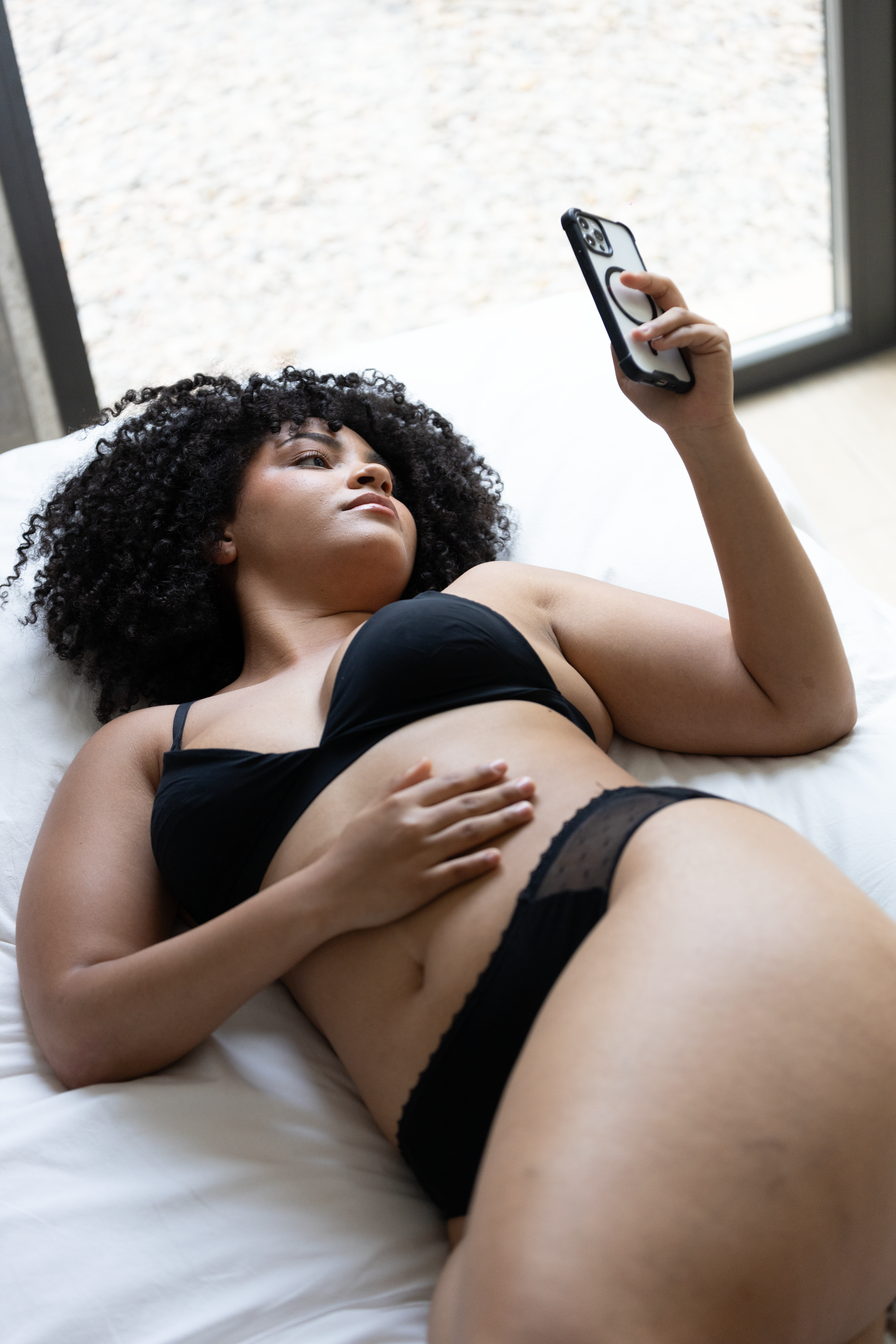
Bleeding between periods: Understanding the Causes and Managing the Concern
The menstrual cycle, although commonly associated with regularity, can present challenges and variations. One such variation that often generates concern is bleeding between periods. In this article, we will explore the possible causes of this phenomenon and provide guidance on how to manage it.
What is bleeding between periods?
Bleeding between periods, also known as breakthrough bleeding, refers to blood loss that occurs outside of the regular menstrual period. It can manifest as light spotting or a heavier flow, and its occurrence can raise concerns and questions about gynecologic health.
Common causes of bleeding between periods
The menstrual cycle, although regulated by a complex hormonal interplay, can experience variations that raise concerns, such as bleeding between periods. Below, we will examine some of the most frequent causes of this phenomenon, highlighting the influence of hormonal changes and uterine disorders.
Hormonal changes:
- Hormonal contraceptives: The use of hormonal contraceptives, such as birth control pills, can cause breakthrough bleeding, especially during the first few months of use or when changing brands.
- Hormonal imbalances: Variations in hormone levels, which may be due to stress, changes in body weight, or medical conditions, sometimes cause bleeding between periods..
Uterine disorders:
- Uterine Polyps: These noncancerous growths in the lining of the uterus can cause irregular bleeding.
- Uterine Fibroids: Fibroids, noncancerous growths in the uterus, are sometimes associated with breakthrough bleeding.
Infections and diseases:
- Sexually Transmitted Infections (STIs): Some STIs, such as chlamydia or gonorrhea, can cause abnormal bleeding.
- Diseases of the Uterus or Ovaries: Conditions such as endometriosis or pelvic inflammatory disease can contribute to bleeding between periods.
Lifestyle changes:
- Stress: High levels of stress can affect the menstrual cycle and cause irregular bleeding.
- Changes in Routine: Significant alterations in daily routine, such as extreme changes in physical activity or diet, can influence the menstrual cycle.
When should you consult a health care professional?
Although bleeding between periods can sometimes be benign, there are situations when medical advice should be sought:
- If the bleeding is persistent or heavy.
- If it is accompanied by severe abdominal pain.
- If there are other worrisome symptoms, such as fever or general malaise.
Management and self-care
When it comes to dealing with bleeding between periods, it is critical to adopt a management and self-care approach that supports your overall gynecological health. Here are some practices that can help you manage this situation effectively
Record your symptoms
Keeping a detailed record of your menstrual cycle and any associated symptoms can provide valuable information for your healthcare provider. Note the duration and intensity of bleeding between periods, as well as any other symptoms you feel are relevant. This record can serve as a useful tool during doctor visits, facilitating a more accurate diagnosis.
Maintain a healthy lifestyle
Gynecological well-being is closely linked to your lifestyle. Adopting a balanced diet, incorporating regular exercise and managing stress are practices that can contribute significantly to your overall health. These habits promote proper hormonal balance and support a well-functioning reproductive system.
Don't rule out regular gynecological check-ups
Regular gynecological checkups are a cornerstone of female self-care. Scheduling regular exams with your health care professional allows for early detection of any female health problems, including those related to irregular bleeding. These visits provide an opportunity to discuss any concerns, receive specific guidance and address any symptoms you may be experiencing.





